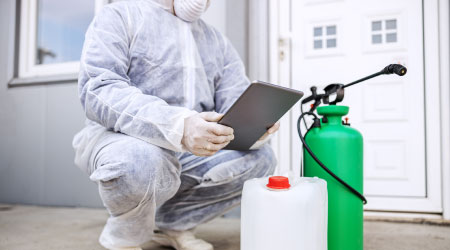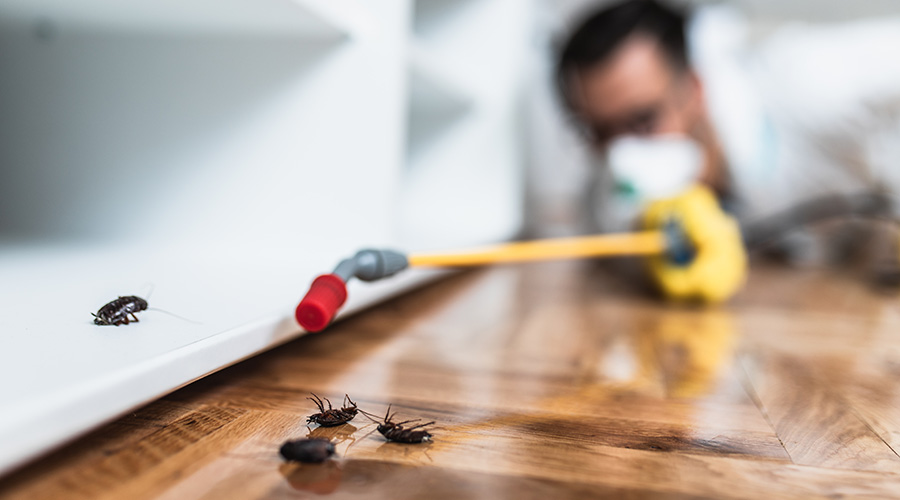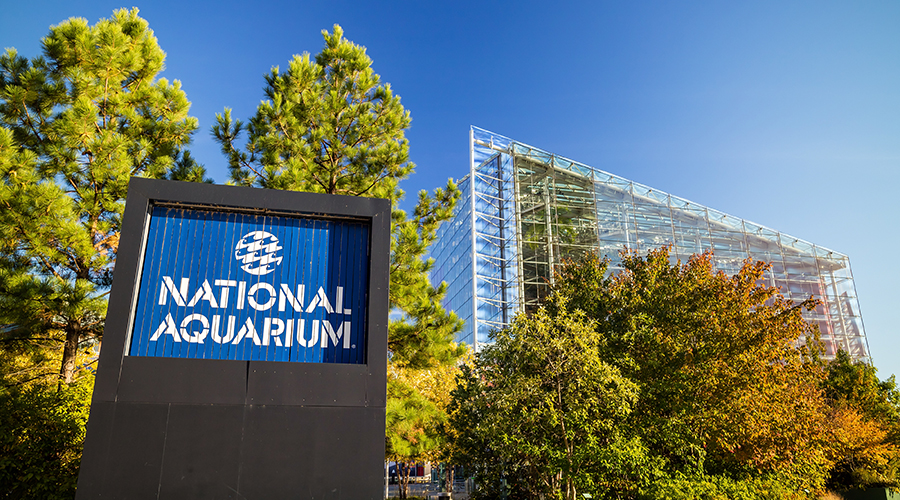Understanding Integrated Pest Management Strategies and Tactics
Effective pest management requires a coordinated and systemic effort by managers.
An effective integrated pest management (IPM) program implemented in commercial and institutional facilities is necessary to protect the health and safety of staff and customers, as well as to keep the facility itself free from the potential hazards of pest infestations. The U.S. Environmental Protection Agency (EPA) defines IPM as “an effective and environmentally sensitive approach to pest management that relies on a combination of common-sense practices. IPM programs use current, comprehensive information on the life cycles of pests and their interaction with the environment. This information, in combination with available pest control methods, is used to manage pest damage by the most economical means, and with the least possible hazard to people, property, and the environment.”
The EPA has established six IPM principles and practices that combine to create IPM programs. While each situation is different, six major components are common to all IPM programs:
• pest identification
• monitoring and assessing pest numbers and damage
• guidelines for management to take action
• preventing pest problems
• using biological, cultural, physical/mechanical and chemical management tools
• assessing the effects of pest management.
Steps to success
How can managers implement an IPM program in a large facility? The first step is to determine action thresholds of pest populations and environmental conditions that indicate pest control action is needed. One insect might not necessarily require pest control action, but depending on the type of insect, it can trigger a necessary response.
For example, surpassing established low threshold levels for phorid or sewer flies in a food processing plant would and should trigger immediate action in the IPM plan, while managers might set higher thresholds for silverfish in a shipping and warehousing facility and might not require immediate attention.
Once the situation reaches action thresholds for a designated pest, managers can implement the next component of IPM, proper pest identification. Passive monitoring through the use of glueboards, sticky traps, insect light traps and other monitoring devices gives the manager or pest control operator or manager the means to harvest and collect insect samples in the facility. Once insects are collected and the predetermined threshold level is met, an experienced person with knowledge of insect identification, such as an entomologist or biologist, must properly identify these insects.
Proper insect identification determines the next course of action and whether the action threshold for that insect requires specific control measures. Control measures can include physical control, mechanical control and, if needed, chemical control.
One of the simplest control methods is to physically control insects in an area or building by means of exclusion. Examples include caulking around a window where ants might be trailing inside, installing a door sweep to keep out mice and installing a screen on a door or window to keep flying insects out of the facility.
If physical control measures are not enough to keep the infestation below the action threshold, the next consideration is whether to use pesticides. The use of pesticides in an IPM program should minimize harm to people, non-target organisms, and the environment and should only be done by qualified, properly trained and licensed applicators. Because the EPA regulates pesticides, all applications must follow federal label guidelines and safety precautions of the product being used.
Once control actions have been taken, the final step of the IPM program is an assessment by the manager or pest control professional to determine whether the control methods used were successful and reduced or eliminated the pests to below their threshold action level. If the control measures were successful, managers should make the proper documentation to aid in future pest issues that might arise.
Challenges and misconceptions
Even the best laid IPM plans can present challenges for managers. Action thresholds sometimes can be difficult to determine due to personnel or customers who have different tolerances for specific pests. Challenges also could arise if a manager is not properly trained in the steps of the IPM program and the way it works in that specific facility.
Poor training can lead to incorrect pest identification, which then could result in improper use of pesticides or unnecessary pesticide applications, putting staff, personnel and customers at risk. Close relationships with a properly licensed and reputable professional pest control company are essential to overcoming IPM challenges.
Properly educating in-house staff about the IPM program is also important to help identify problem areas or potential pest issues. Effective communication between staff and facility managers is also critical for a successful IPM program.
Managers also might have misconceptions about IPM programs. For example, not all IPM programs are the same. Every facility, whether it is a food processing facility or a medical facility, has different requirements. No two buildings are alike, and facilities have varying threshold levels. A medical facility might have zero tolerance for flies, where a large manufacturing plant may have a higher threshold level for the same pest.
Another misconception about IPM is that relying solely on glueboards placed throughout the facility is sufficient for thorough pest control. This belief is not true and does not fit into the outline of a proper IPM program. Glueboards are excellent tools for monitoring pest levels, but they should not be the only tool managers rely on for control. Working with a well-trained and reputable pest control company, using an array of techniques, properly identifying insects, using physical or mechanical controls and even using pesticide applications all can be critical components of a successful IPM program.
Comprehensive effort
Implementing IPM programs in facilities allows managers to use an established pest control plan when specific insect threshold levels are exceeded. An IPM program also helps keep occupants and visitors safe by knowing set action thresholds and a plan are in place to manage pest problems, and it helps identify and eliminate the pest problem at the root instead of just controlling pests that are visible.
A thorough management plan also helps managers determine the best course of action to eliminate a potential pest problem. This course could be using physical controls as mentioned earlier and might never need the use of pesticides, which will help keep the facility safer for people and the environment.
An effective IPM program also can save the facility money. For example, exclusion work done to seal deficiencies and keep trailing ants from entering the structure also might help with insulating and weatherization, which makes the building more energy efficient, saving money over the long term.
Taking all these issues into account, designing and implementing a proper IPM program is a requirement for operating a safe facility for people and the environment. IPM coordinators or designated managers should work closely with pest control professionals to successfully run an IPM program. Effective communication is also key to successful IPM operations. If a facility does not have an IPM program, now is the right time to start.
Jeff Rice is the owner of Environmental Pest Management in Indiana, Pennsylvania He has been in the structural pest control industry for more than 20 years and is accredited as an Associate Certified Entomologist.
Related Topics:












